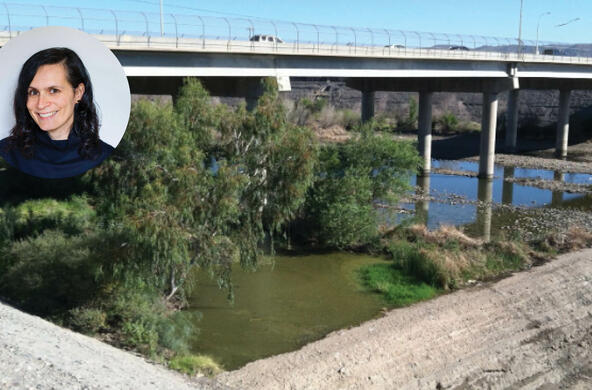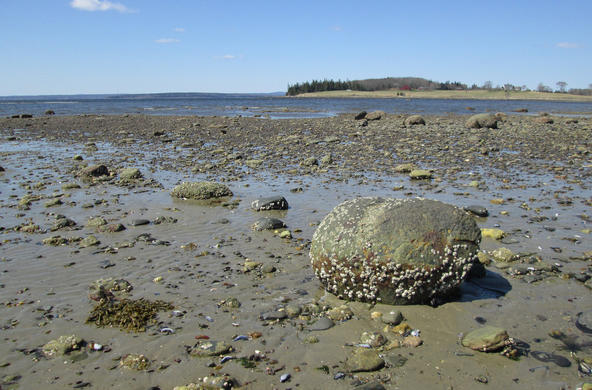Drive by a local wetland on an early spring evening, and if you're lucky you'll hear a harbinger of the changing season - the clear chirping chorus of tiny frogs known as spring peepers, classified by biologists as Pseudacris crucifer. Adults are only about one inch in length, but in March and April, the woods are alive with the sound of their music.
Unfortunately, human activities can inadvertently destroy small wetlands. In our region, as farms were cultivated, and more recently as new developments have spread across the landscape, many ponds have been drained and converted to other uses. Vernal pools—those that fill only in the spring from snowmelt and spring rains—are especially vulnerable.
The word vernal derives from Latin, meaning "of the spring." Most vernal pools are less than an acre in size. After a few weeks or months, these pools dry up, so they are often overlooked by land planners and developers. But with careful work, soil scientists can still recognize these wetlands even when they are dry. The seasonally wet soils under vernal pools are classified as hydric soils, which have distinctive soil color and chemistry throughout the year.
Vernal pools are an important part of the landscape in the mid-Hudson Valley and New York state. Those that remain should be strongly protected. They provide critical breeding habitat for a variety of amphibians - frogs, toads, salamanders and newts. Each spring, these animals lay their eggs in water, where their young spend the first part of their lives as aquatic animals.
Because vernal pools are seasonal, they don't contain fish. For this reason, they are excellent nursery grounds for developing amphibians, such as tadpoles. When vernal pools dry, both adult and young amphibians spend the rest of the year in the pursuit of insects in adjacent woodlands.
Lose their springtime breeding habitat, and we are likely to lose the amphibians. Some species, such as the wood frog, breed only in vernal pools. With their demise, we will lose another component of the balance of nature.
Vernal pools play an important role in removing pollutants from our water supply. Their wet soils are anoxic—that is, without oxygen. Anoxic soils support populations of denitrifying bacteria, which convert nitrate, a contaminant in runoff waters, to harmless nitrogen gas that is returned to the atmosphere. Like kidneys for the landscape, vernal pools capture and cleanse nitrogen pollution that originates from fertilized lawns and golf courses.
This is not the only valuable "ecosystem service" vernal pools perform; they also help recharge the groundwater that feeds our local wells. Left undisturbed, there are typically two to three vernal pools per square mile of landscape. During the springtime months, they capture and retain snowmelt and rain water. This helps surface water infiltrate the soil, replenishing groundwater resources.
A recent (March 1) EcoFocus column described the current threats to our groundwater supply from various toxic compounds and nitrate. Sixty percent of the residents of Dutchess County depend on clean groundwater for household use.
Some argue vernal pools provide breeding sites for mosquitoes and other pests. But a recent analysis suggests ponds that dry each year harbor fewer insects than those that dry up only during years of extreme drought. By providing breeding habitat for amphibians that consume insects, vernal pools are more likely to enhance the overall control of insect populations.
Many states, including California, Maine and Massachusetts, have strict laws protecting vernal pools from destruction. These states recognize the vital roles vernal pools play in water conservation and as special habitat for plants and animals. New Yorkers should do the same.
It will be a sad time when the peepers are gone and the spring is silent.





